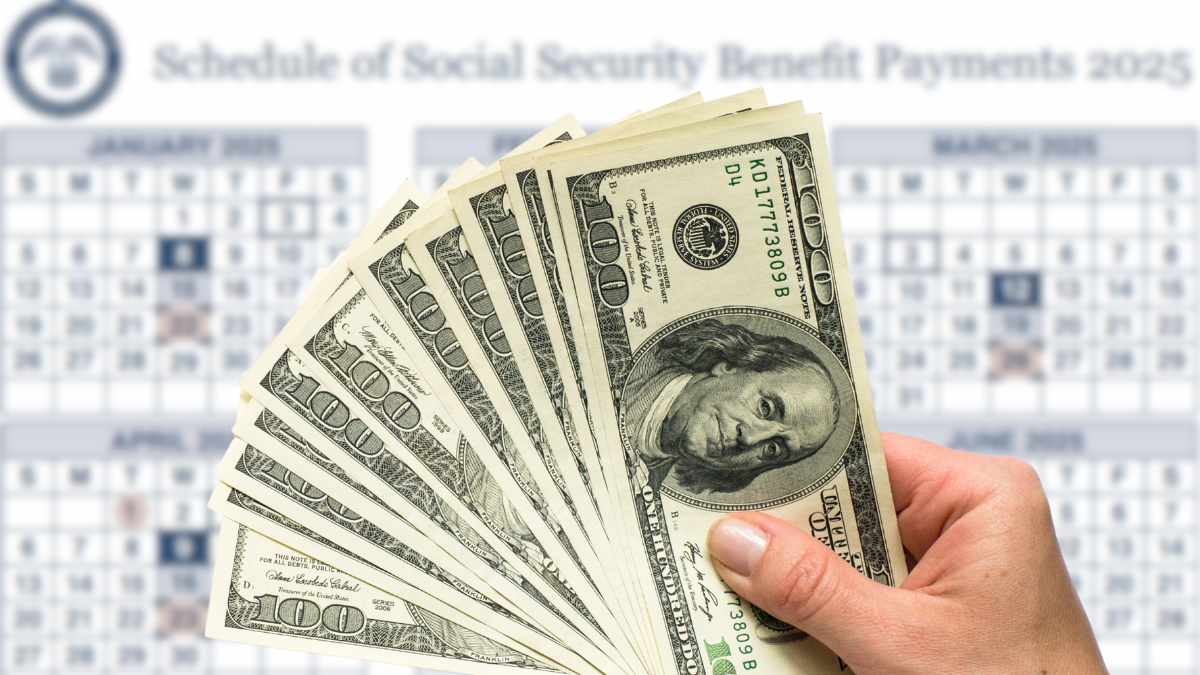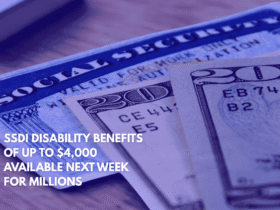The Supplemental Security Income (SSI) program is a vital federal initiative in the U.S., designed to provide financial support to individuals who have limited income and resources. It helps seniors over 65, individuals with disabilities or blindness, and children with disabilities.
While the SSI payment structure is straightforward, there are some important updates and changes for 2025 that recipients should be aware of to avoid confusion regarding payment dates and amounts.
SSI Payment Schedule and Changes for 2025
In 2025, there will be some changes to the SSI payment calendar, including months with two payments and others without any. This is not an increase in benefits, but rather a shift in payment dates to accommodate weekends and holidays.
The payments are still intended to cover the same monthly periods. Here’s a breakdown of when you can expect your payments:
- May: Payments on May 1st and May 30th (the second one covers June’s payment).
- August: Payments on August 1st and August 29th (the second one covers September’s payment).
- October: Payments on October 1st and October 31st (the second one covers November’s payment).
- December: Payments on December 1st and December 31st (the second one covers January 2026’s payment).
On the flip side, there will be no payments in June, September, November, and January 2026 because those months’ payments will be issued early, on the last business day of the prior month.
Maximum SSI Payments for 2025
Starting from January 2025, the maximum federal SSI payments will be as follows:
- Eligible individual: $967 per month.
- Eligible couple: $1,450 per month.
- Essential person: $484 per month.
However, these are the maximum payments, and not every recipient will get this full amount. The actual payment you receive will depend on factors like your other sources of income and resources. Additionally, some states provide extra support (known as state supplements), which can raise the total amount you receive.

Eligibility for SSI with Social Security Retirement Benefits
If you’re already receiving Social Security retirement benefits, you might still qualify for SSI—if your income and savings are low enough. In 2025, to qualify for SSI while also receiving retirement benefits, your total monthly income (including retirement checks) must be below $987.
Basic Rules for Receiving Both SSI and Retirement Benefits
Here are the main requirements to qualify for both Social Security retirement and SSI:
- Income Limits: Your monthly income must be low enough to qualify for SSI. If your Social Security benefits push your total income above the limit, you will no longer be eligible for SSI.
- Savings Cap: You cannot have more than $2,000 in assets if you’re single or $3,000 if you’re a couple. This includes money in the bank, additional property, or anything else the SSA can count. However, your house or one car usually doesn’t count towards this limit.
- Age or Disability: You must be 65 or older, blind, or disabled according to Social Security’s criteria.
- Citizenship Status: You need to be a U.S. citizen or belong to specific immigrant categories, like refugees or asylum seekers.
- Automatic Eligibility Check: When you apply for SSI, Social Security will automatically check if you qualify for other benefits, such as Social Security retirement. No extra paperwork is needed for this.
If you do qualify for both, your SSI payments may be reduced based on how much you receive in Social Security retirement benefits. Even a small increase in your payments can make a big difference when living on a tight budget, so it’s worth looking into.











Leave a Reply